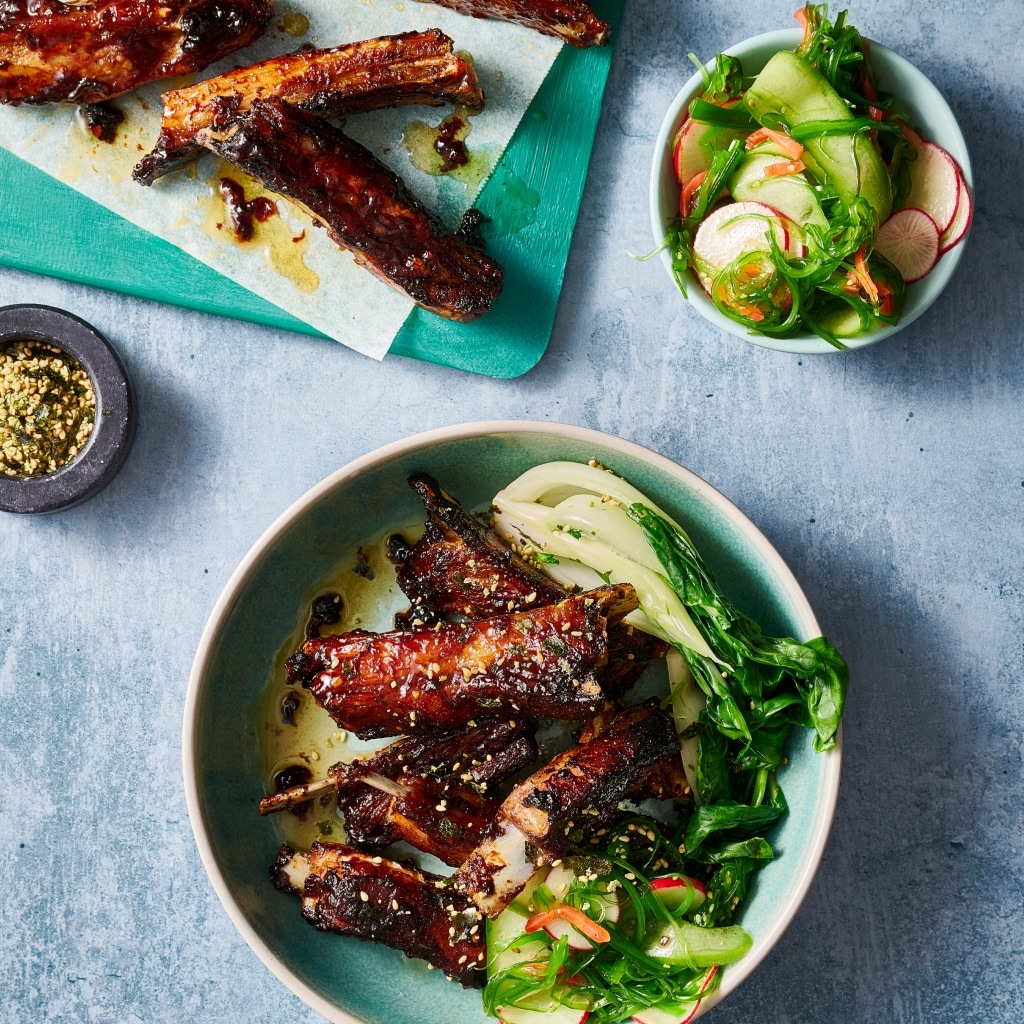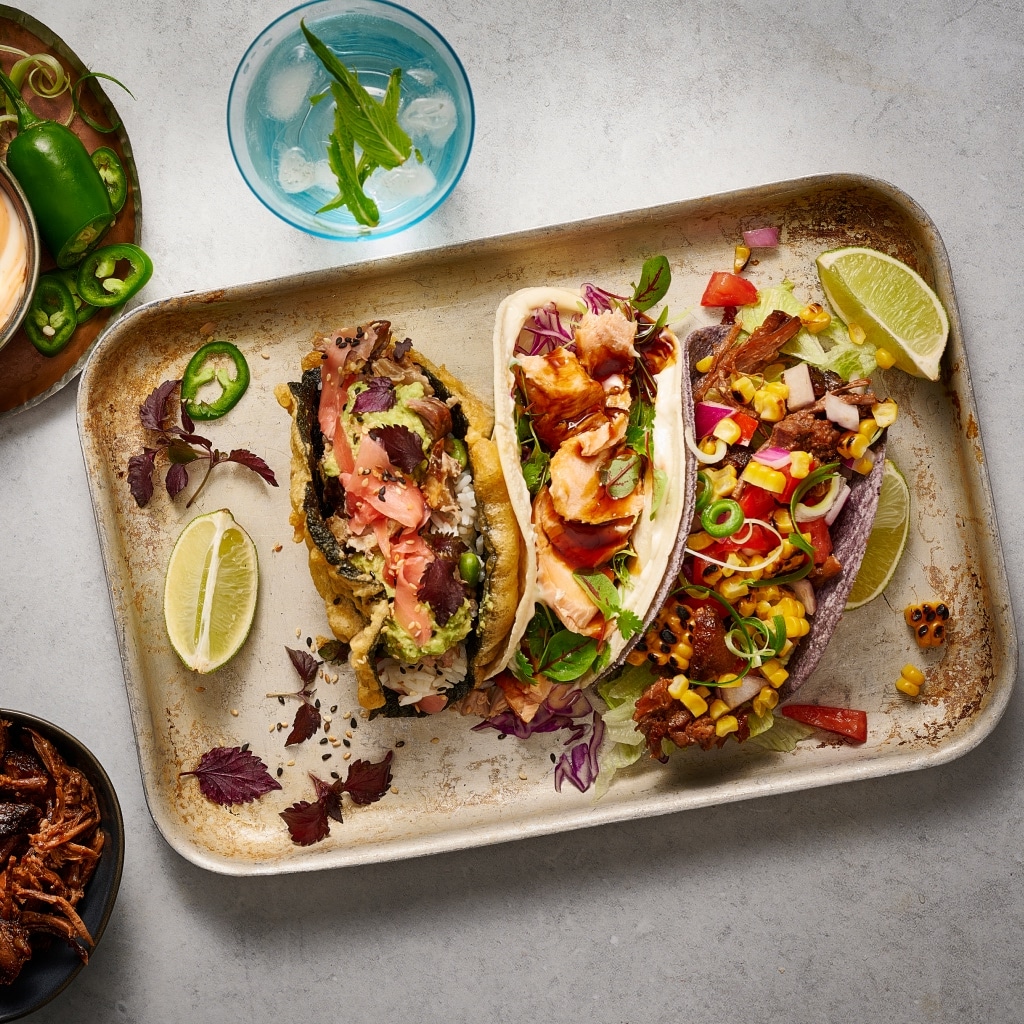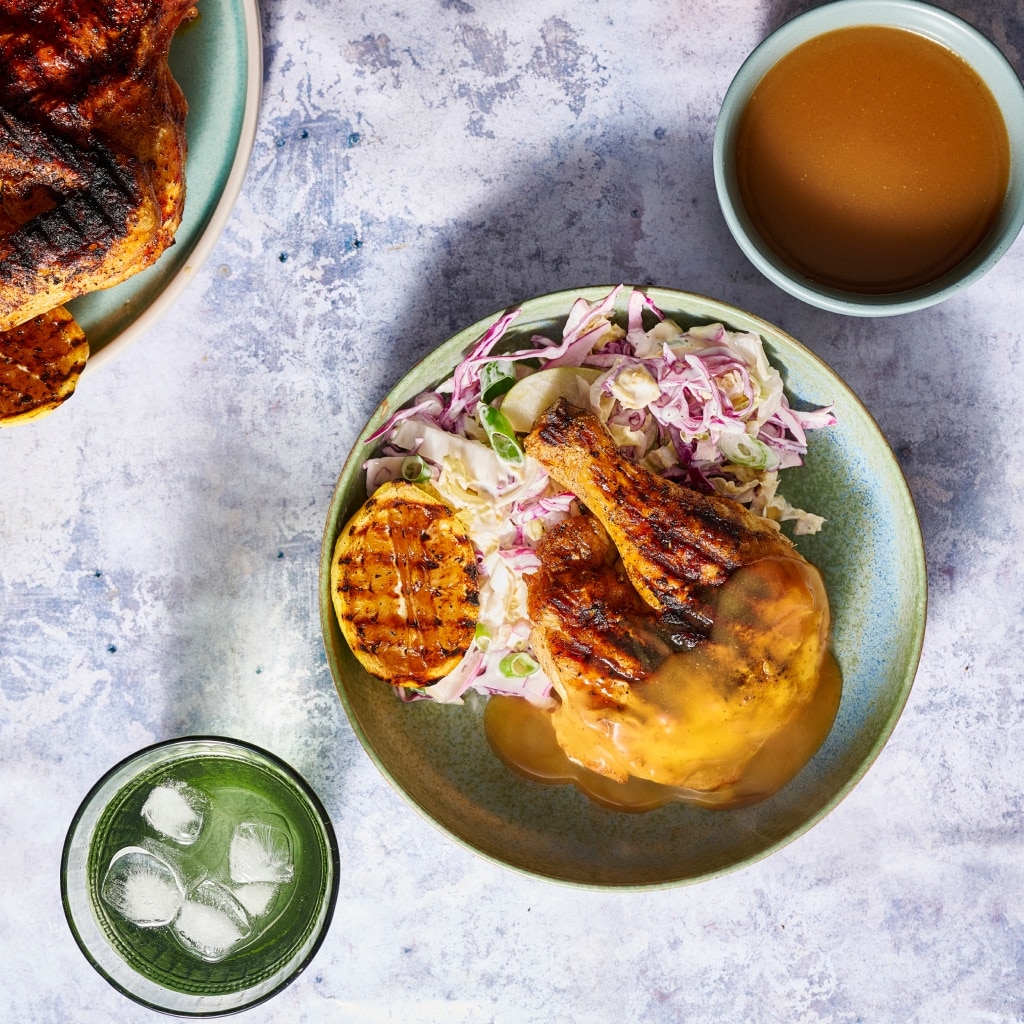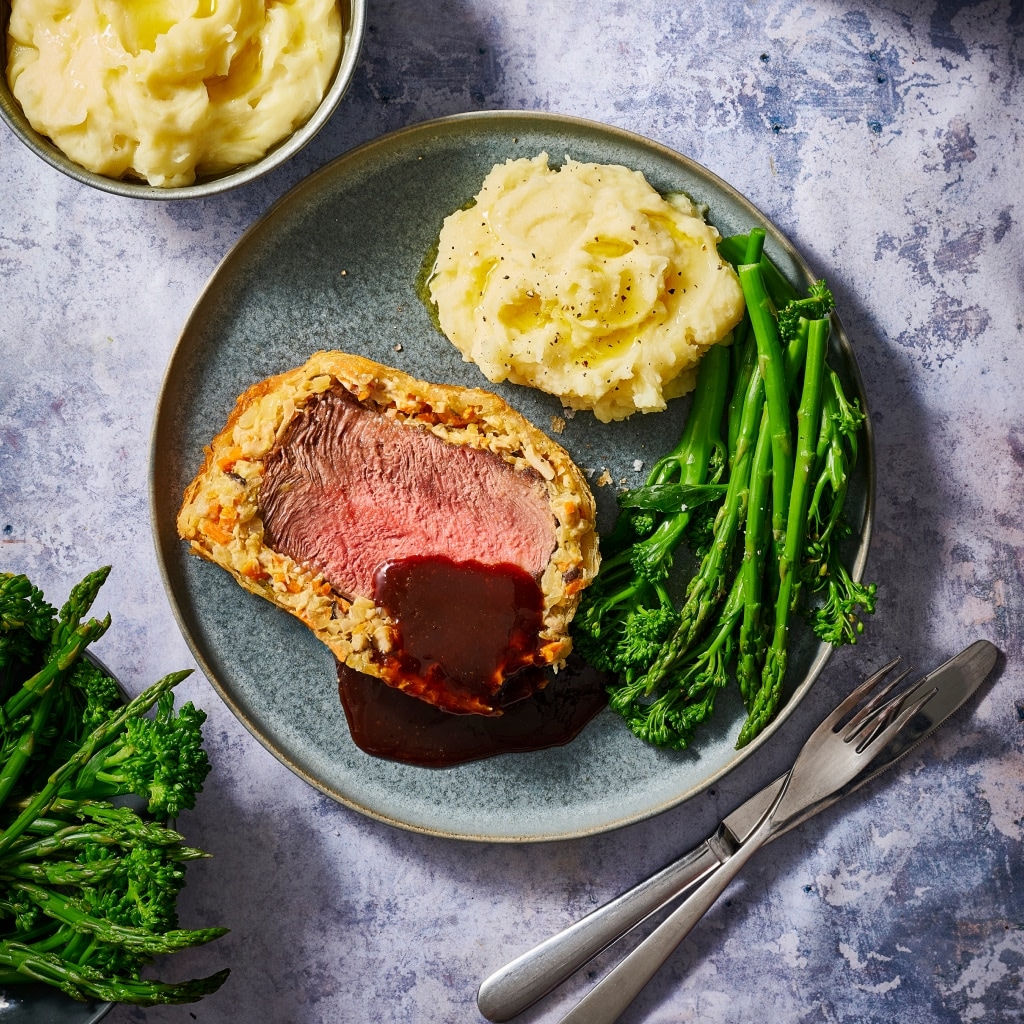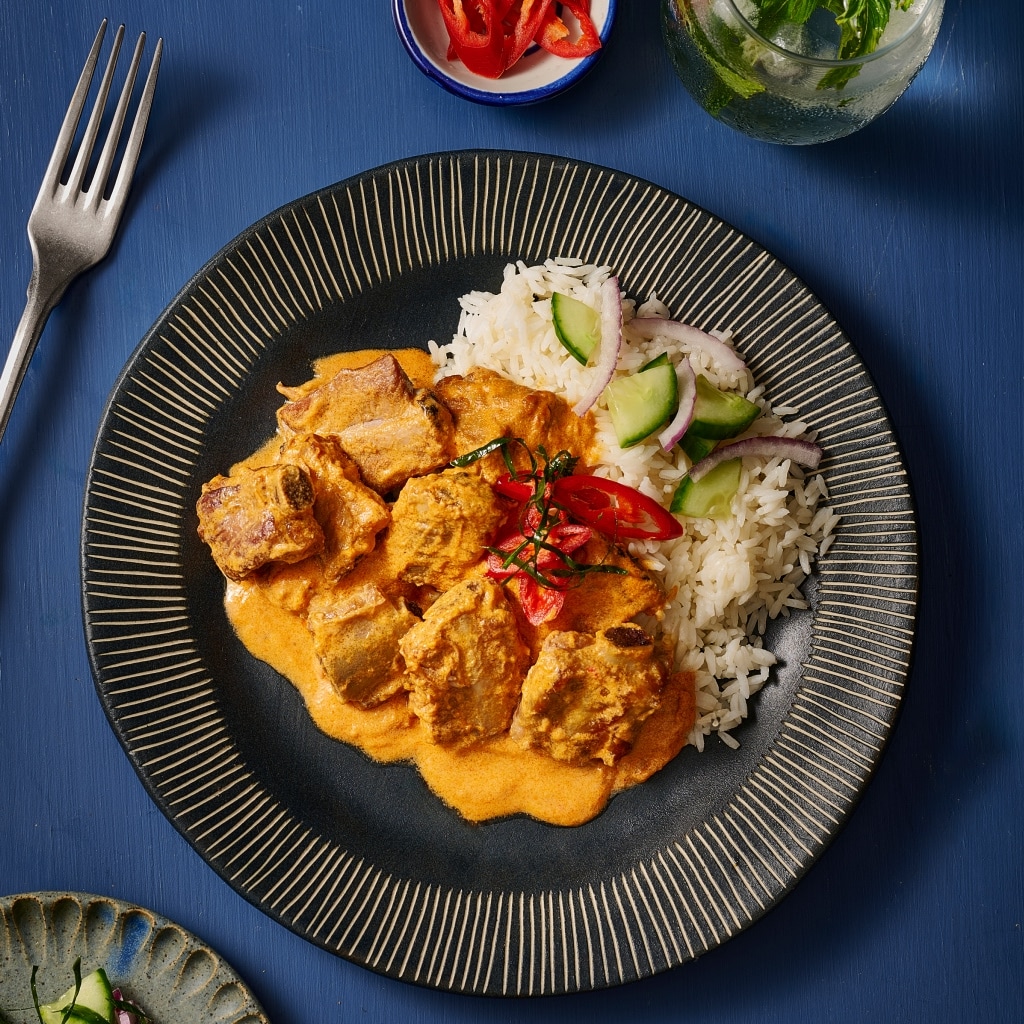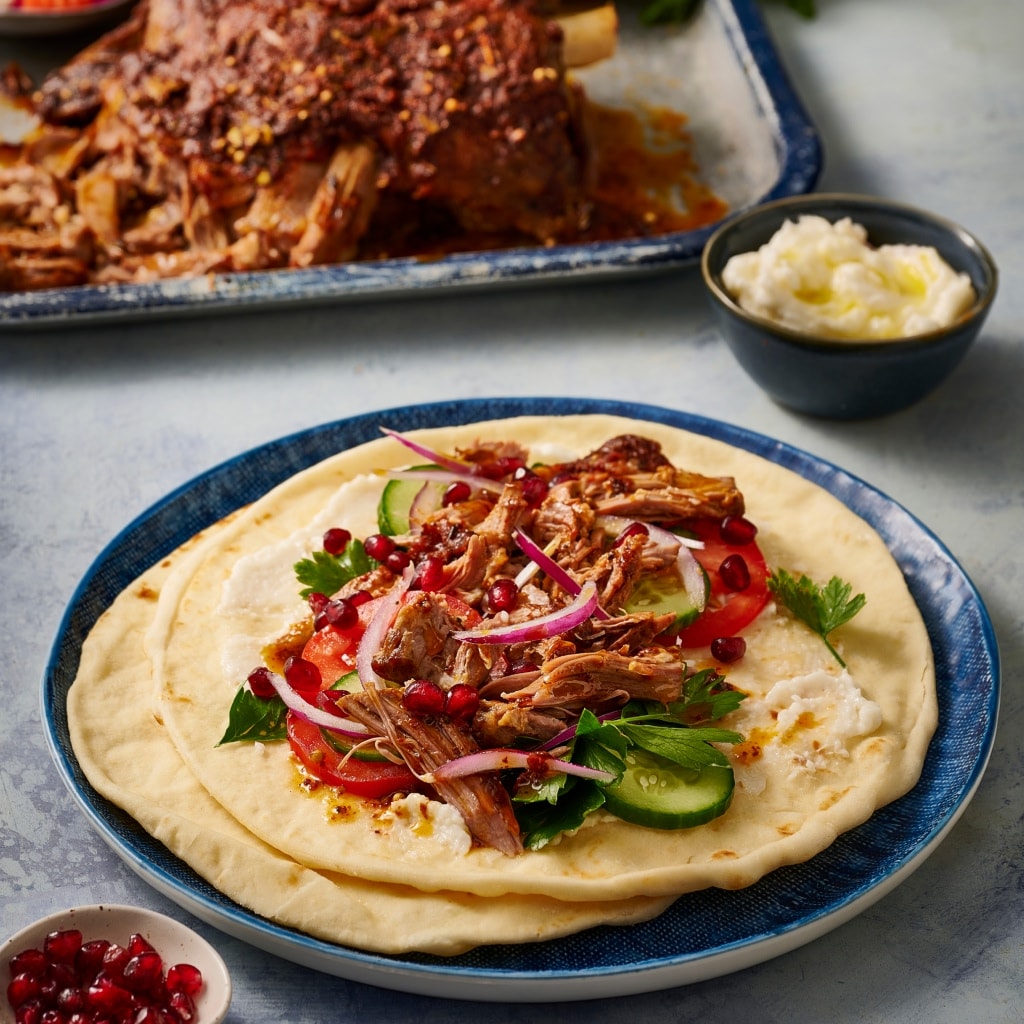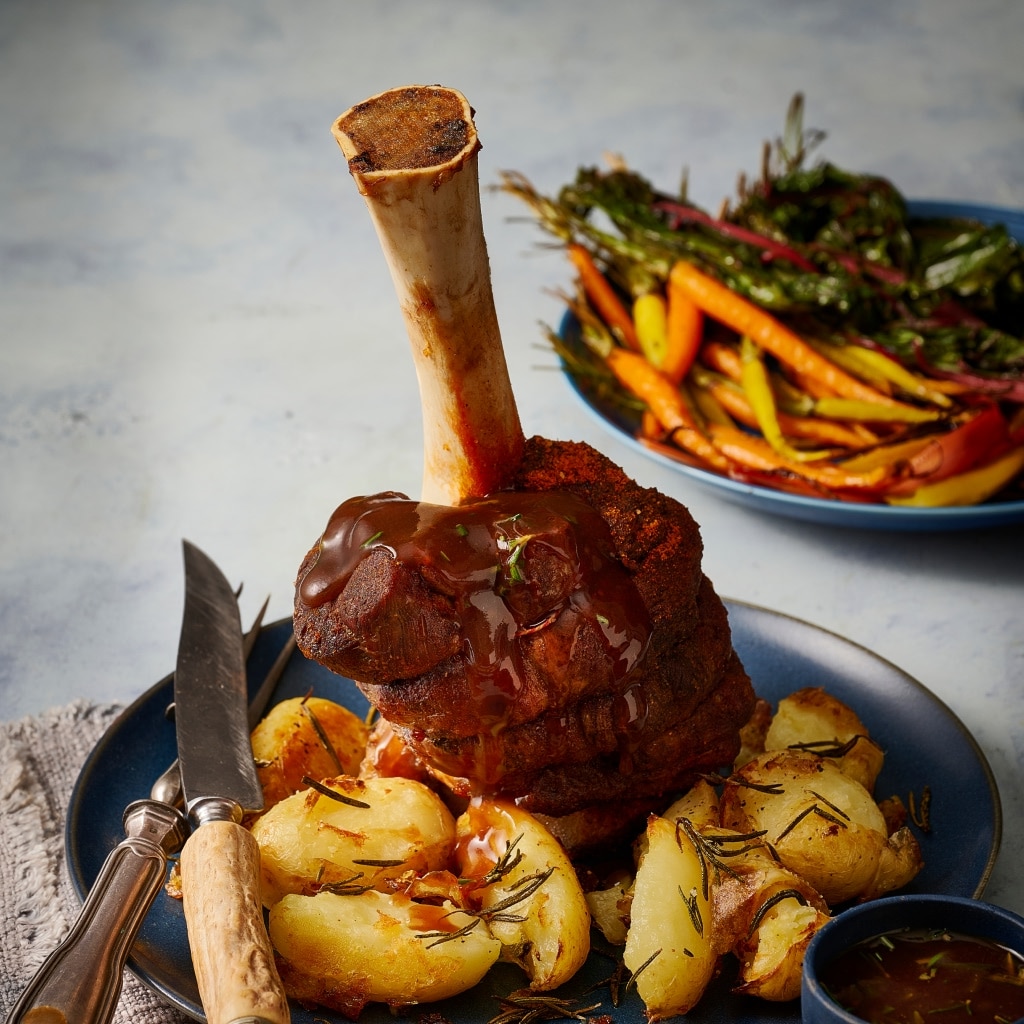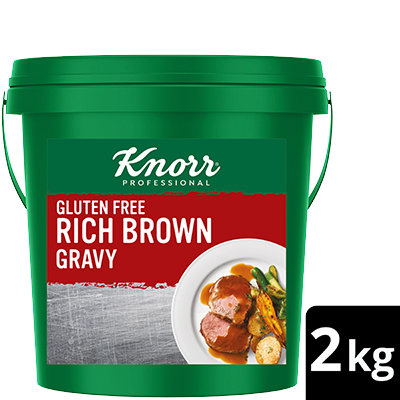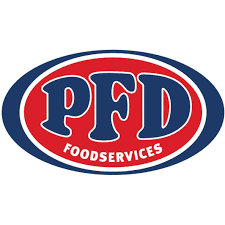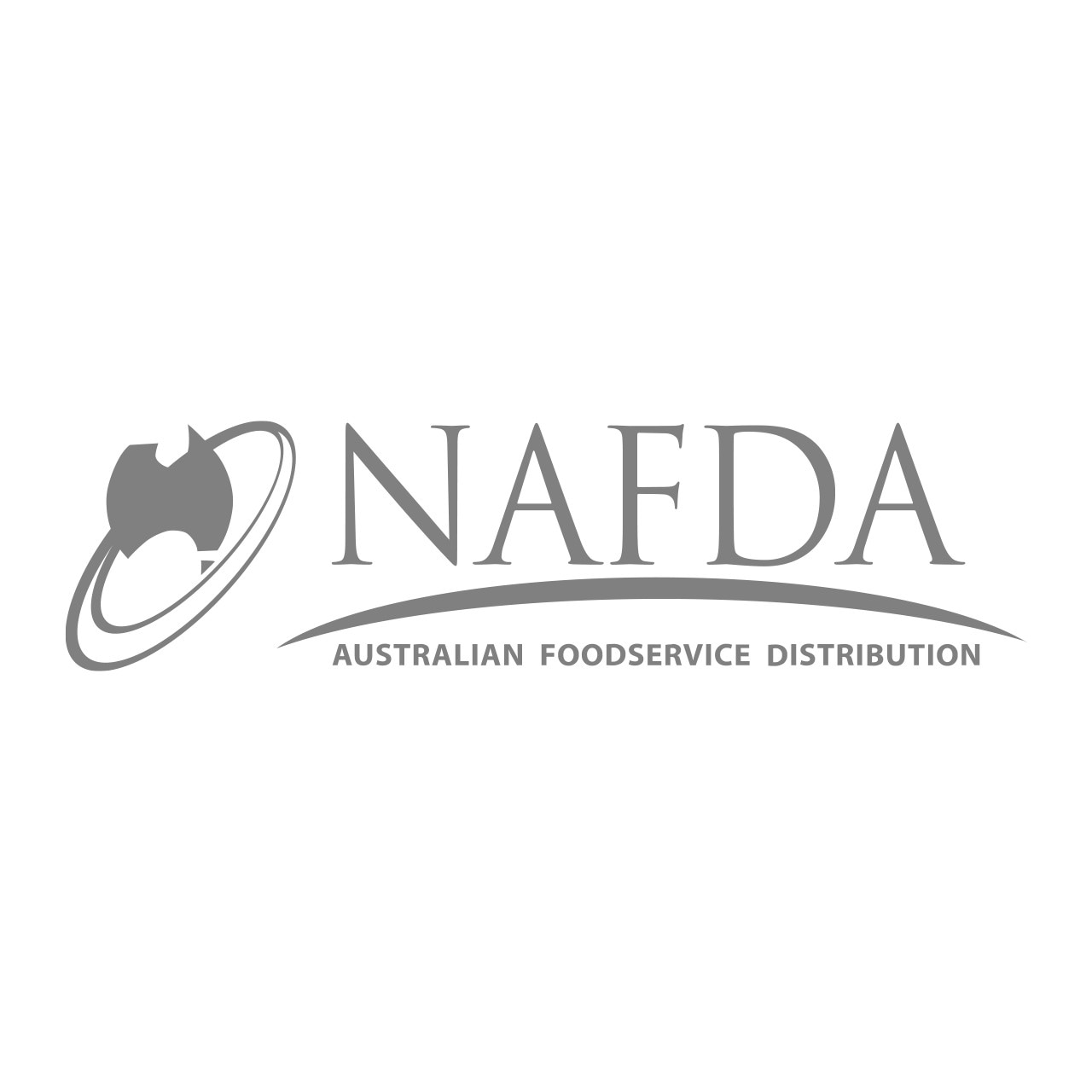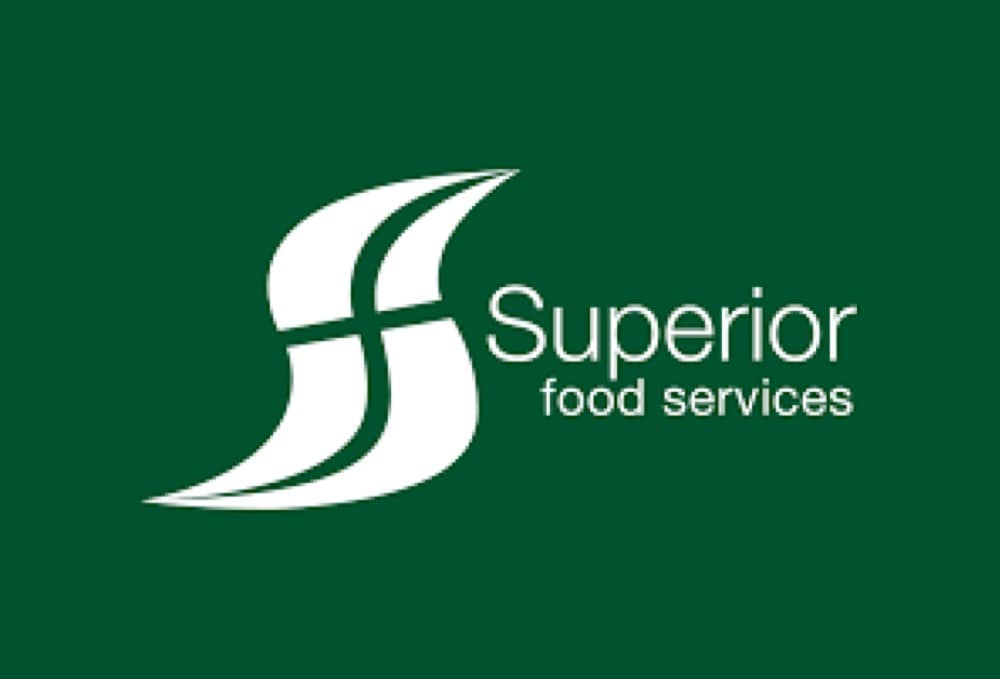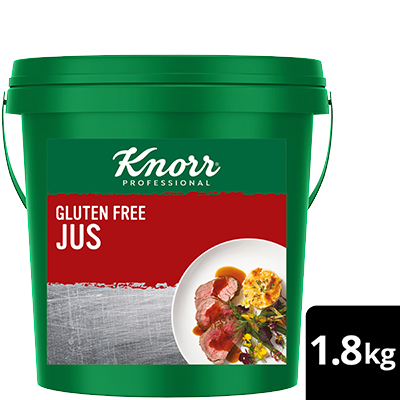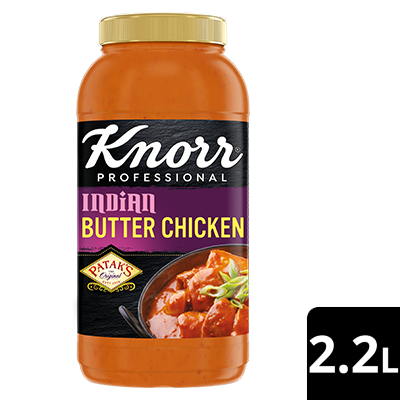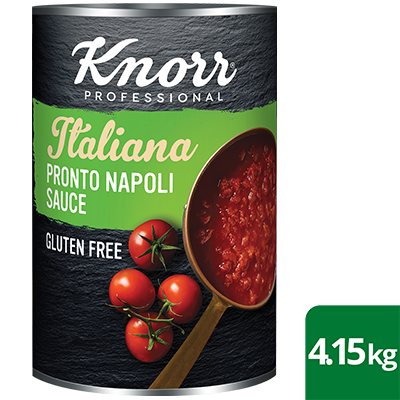Posted on Tuesday, 22nd April, 2025
When it comes to beef, lamb and veal, not all cuts are equal. But to relegate so-called secondary cuts to the back of the queue seriously undervalues the contribution they can make to our cooking.
This is especially so during winter, the season of warm and hearty dishes that are centred around tender, melt-in-your-mouth meats derived primarily from the belly, forequarter and neck of the animal.
These are the cuts that are the cornerstone of low-and-slow cooking. Apart from being less expensive than prime cuts, the likes of beef chuck and lamb shoulder are marbled with tissue and fat that breaks down and becomes tender when cooked at length.
Sam Burke, corporate executive chef and product & business development manager at Meat and Livestock Australia (MLA), believes the current attention on low-and-slow cooking is wholly justified, because it comes with a range of tangible benefits to kitchens.

“We've all got labour and efficiency pressures,” says Burke. “So, if you can create your meal around these slow secondary cuts, you’re reducing your cost of goods, adding great diversity to your menu and bringing excitement to diners.”
But that’s just the beginning, he explains, of the advantages to a kitchen of writing winter meals into the menu centred around secondary cuts.
“Efficiency is also gained: you've got time back in your day because you utilised your ovens and slow cooked overnight. In addition, you have yield retention because you cooked it at a lower temperature, maintaining moisture in the finished product.”
Burke highlights an essential fourth benefit of using secondary cuts, that being the nose-to-tail ethos of making full use of the animal. He highlights the example of beef cheeks to make the point.
“Chefs have discovered they can make great dishes out of the cuts that have traditionally been put into trim for mincing. 20 years ago, very few chefs were using cheeks. I know that because I worked with a butcher when I was a kid. These days, chefs are getting more creative with how they use these products. And you're doing the right, sustainable thing. You’re getting the most out of that animal and you've got a great story to tell in relation to nose-to-tail dining.”
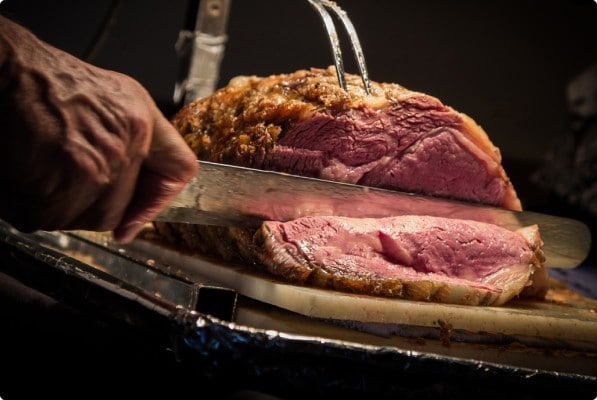

So, what are the cuts that can keep your kitchen ahead of the game? For Burke, there are a few considerations, starting with a focus on the cuts that offer superior profitability without sacrificing versatility.

“Chuck from the forequarter is quite economical and versatile,” says Burke.
“It’s a cut that can be turned into a highly appealing braised pulled beef dish, curry, bourguignon, pie filling or burger blend, and it offers excellent margins and great versatility on menus.”
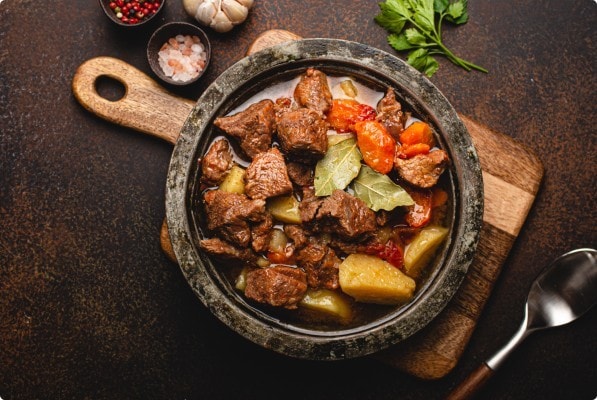
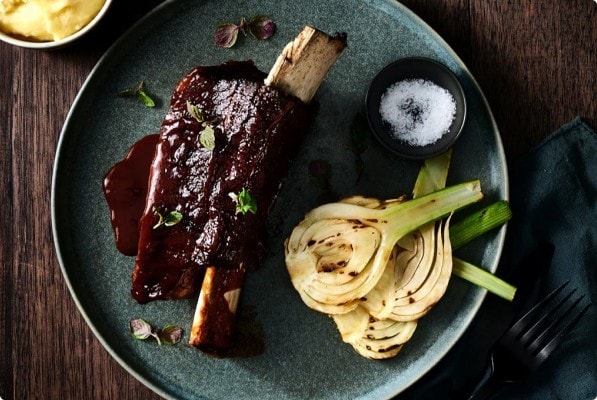

Burke’s favourite emerging secondary cut is beef short ribs done in the Korean style Galbi, which involves cutting the short rib across the rib set into thin slices, then marinating it in a sweet and savoury BBQ sauce and pan searing or grilling it.
“Asado short ribs are prepared in a similar method then grilled over a parrilla (a metal grate positioned over wood or charcoal embers and often adjustable in height to control cooking temperature). When finished with sea salt and drizzled with chimichurri, it’s just so good.”

Burke suggests lamb shoulder is a secondary cut that chefs are beginning to think differently about and using in a fresh way, including as the basis of a centre-of-table share dish.
“I ate recently at Shane Delia’s restaurant in Melbourne, Maha. The lamb shoulder was surrounded by spiced turmeric and cinnamon sauce, aged basmati rice, Moroccan spices toasted nuts and brown butter, confit and roasted marrows, garlic yoghurt, hazelnut dukkha and sage. The lamb was spectacular as a centrepiece with all these beautiful sides around it.
“The lamb shoulder has really taken off in the last 10 years and, both at highly respected and casual dining restaurants, it's definitely become a sharing option.”
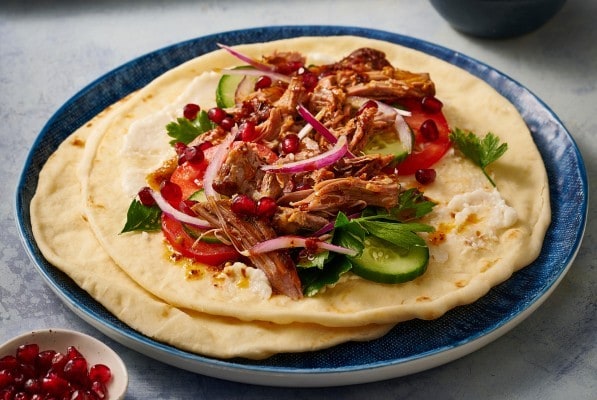
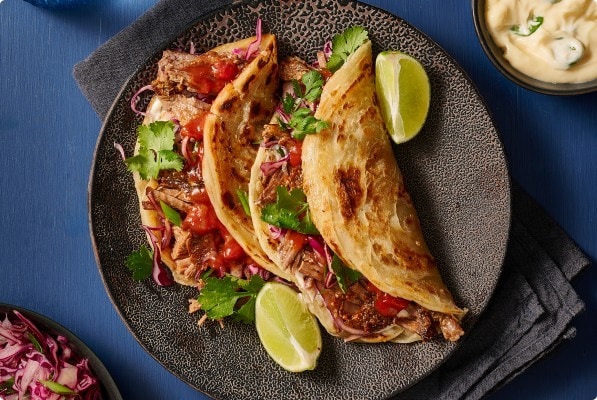

One of the best all-round cuts, according to Burke, is the beef brisket, which he describes as a perfect base for slow-cooked, braised or smoked winter dishes.
“Being from the lower chest of the cow, just above the front legs, it’s one of those leaner cuts that’s ideal for low and slow cooking,” says Burke. “When those fibres break down, you end up with a wonderful, tender result.”

“When you cook slow, you retain the moisture, but you also retain yields.
“If you're cooking meat at a higher temperature, you can dehydrate the meat, and water evaporates from the cut. If you're cooking slower, you can retain yield by keeping that moisture in the cut. So, if you're cooking in a 20-tray combi oven with, say, 150 kilos of meat, whether it be a lamb shoulder or a braised brisket, you can get up to 10-20 percent more yield from low-and-slow braising.
“Suddenly you're talking big dollars. By cooking slower, you retain that moisture/weight yield in the product, and that puts dollars back in your pocket.
“The second element is it helps to prepare it ahead of time. So, if you put on lamb shoulders, brisket or short ribs overnight at about 90 degrees for 10 hours of cooking, you come in the next day, and you've got those beautiful smells permeating through the kitchen. And then the chef can concentrate on the sides or sauces to accompany it.
“There are just so many advantages to cooking low and slow with secondary cuts.”
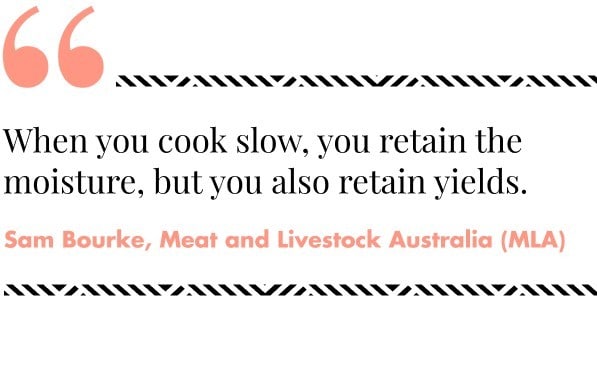
Download the Chef’s Modern Guide to Slaying the Roast
At UFS, we’ve been researching the trends that matter, talking to chefs across the land and scouring hundreds of menus to create our latest Killer Classic guide: Slaying the Roast—The Low and Slow Edition. Available now, it’s your essential winter inspiration resource, packed with exciting new recipes and menu tips! Click here to download.
Disclaimer: The content of this article is created for inspiration purposes only. It is not intended as clinical, medical or nutritional advice.


